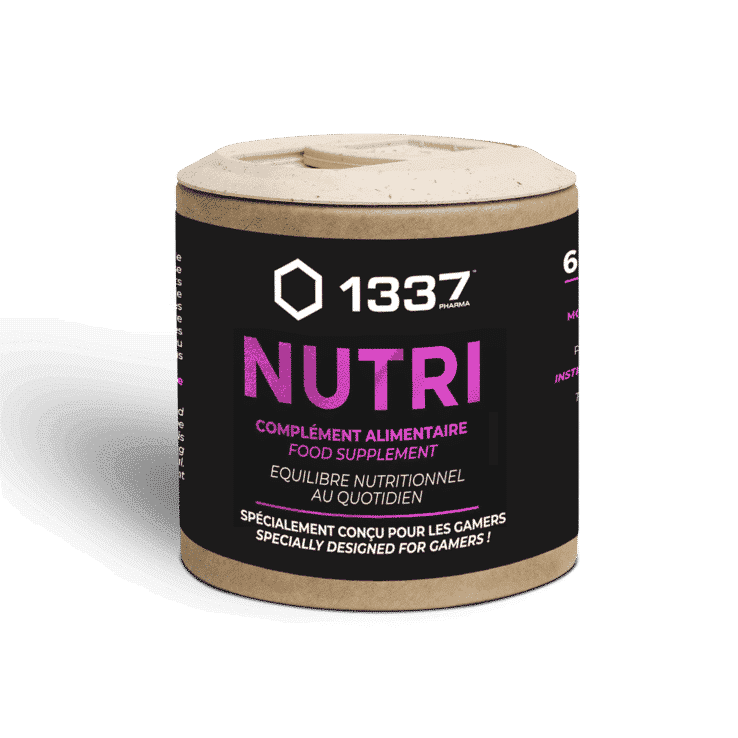VITAMIN B3
Ingredient
What is Vitamin B3?
Where does it come from?
Why is it used?
What are the benefits?
Bibliography
What is Vitamin B3?
There are two main chemical forms of niacin:
• Nicotinic acid
• Niacinamide (sometimes called nicotinamide).
Both forms are found in foods as well as supplements (Office of Dietary Supplements – Niacin, nd)
The essential role of niacin in the body is to synthesize the coenzymes nicotinamide adenine dinucleotide (NAD) and nicotinamide adenine dinucleotide phosphate (NADP), which are involved in over 400 biochemical reactions in the body; primarily related to getting energy from the foods you eat (Office of Dietary Supplements – Niacin, nd)
Niacin is water soluble, so your body does not store it. It also means that your body can excrete excessive amounts of the vitamin through urine if they are not needed (Office of Dietary Supplements – Niacin, nd)
Where does it come from?
Your body gets niacin through food, but it also makes small amounts from the amino acid tryptophan, which is found in protein sources like turkey and other animal foods. (Office of Dietary Supplements – Niacin, nd)
Why is it used?
• May reduce blood pressure
One of niacin’s roles is to release prostaglandins, or chemicals that help widen blood vessels, which improves blood flow and lowers blood pressure. For this reason, niacin may play a role in preventing or treating high blood pressure (Zhang et al., 2021)
In an observational study of more than 12,000 adults, researchers found that taking 1 mg of nicotinic acid daily reduced the risk of high blood pressure by 2%. – overall risk
of hypertension the lowest being observed for a daily niacin intake of 14.3 to 16.7 mg per day (Zhang et al., 2021)
A high-quality study also noted that single doses of 100 mg and 500 mg of niacin slightly reduced right ventricular systolic pressure (McNamara et al., 2015)
• Improves blood fat levels
Niacin may help improve your blood lipid levels by:
– Raising your HDL (good) cholesterol
– By reducing your LDL (bad cholesterol) levels
– Lowering your triglyceride levels
Although it may lead to a reduced risk of heart disease, some studies have not found an association between nicotinic acid supplementation and a reduced risk of heart disease or death (Garg et al., 2017; Schandelmaier et al ., 2017)
Improving blood lipid levels generally requires 1500 mg or more, which increases the risk of unpleasant or potentially dangerous side effects (Mani & Rohatgi, 2015)
For these reasons, nicotinic acid is not the primary treatment for hypercholesterolemia. It is primarily used to help improve blood fat levels in people who cannot tolerate statins (Garg et al., 2017; Turner & Stein, 2015)
• May help treat type 1 diabetes
Type 1 diabetes is an autoimmune disease in which your body attacks and destroys the insulin-creating cells in your pancreas.
Studies show that nicotinic acid can help protect these cells and even reduce the risk of type 1 diabetes in children at high risk of developing the disease (Skyler, 2013)
However, nicotinic acid plays a more complex role for people with type 2 diabetes. On the one hand, it helps lower high cholesterol levels commonly found in people with type 2 diabetes, and on the other hand, it can raise blood sugar levels.
Therefore, diabetics taking niacin to treat high cholesterol should also carefully monitor their blood sugar levels (Ding et al., 2015)
Fortunately, a review of a recent study found that nicotinic acid had no significant adverse effect on glycemic control in patients with type 2 diabetes. (Xiang et al., 2020)
• Improves skin health
Niacin helps protect skin cells from sun damage, whether used orally or applied as a lotion (Snaidr et al., 2019)
It can also help prevent certain types of skin cancer. A high-quality study in over 300 people at high risk for skin cancer found that taking 500 mg of nicotinamide twice a day reduced the rate of non-melanoma skin cancer compared to a group control (Chen et al., 2015)
• Strengthens brain functions
Your brain needs niacin – as a component of the coenzymes NAD and NADP – for energy and to function properly.
In fact, brain fog and even psychiatric symptoms are associated with niacin deficiency (Wang & Liang, 2012)
Certain types of schizophrenia can be treated with niacin, as it helps repair brain cell damage caused by niacin deficiency (Xu & Jiang, 2015)
Preliminary research shows it may help maintain brain health with Alzheimer’s disease. (Clarke et al., 2014; Gong et al., 2013)

What are the benefits?
Discover other plants used in our products
Bibliography
1. Chen, AC, Martin, AJ, Choy, B., Fernández-Peñas, P., Dalziell, RA, McKenzie, CA, Scolyer, RA, Dhillon, HM, Vardy, JL, Kricker, A., St George, G., Chinniah, N., Halliday, GM, & Damian, DL (2015). A Phase 3 Randomized Trial of Nicotinamide for Skin-Cancer Chemoprevention. The New England Journal of Medicine, 373(17), 1618‐1626. https://doi.org/10.1056/NEJMoa1506197
2. Clarke, R., Bennett, D., Parish, S., Lewington, S., Skeaff, M., Eussen, SJPM, Lewerin, C., Stott, DJ, Armitage, J., Hankey, GJ, Lonn , E., Spence, JD, Galan, P., de Groot, LC, Halsey, J., Dangour, AD, Collins, R., Grodstein, F., & B-Vitamin Treatment Trialists’ Collaboration. (2014). Effects of homocysteine lowering with B vitamins on cognitive aging: Meta-analysis of 11 trials with cognitive data on 22,000 individuals. The American Journal of Clinical Nutrition, 100(2), 657-666. https://doi.org/10.3945/ajcn.113.076349
3. Ding, Y., Li, Y., & Wen, A. (2015). Effect of niacin on lipids and glucose in patients with type 2 diabetes: A meta-analysis of randomized, controlled clinical trials. Clinical Nutrition (Edinburgh, Scotland), 34(5), 838-844. https://doi.org/10.1016/j.clnu.2014.09.019
4. Garg, A., Sharma, A., Krishnamoorthy, P., Garg, J., Virmani, D., Sharma, T., Stefanini, G., Kostis, JB, Mukherjee, D., & Sikorskaya, E (2017). Role of Niacin in Current Clinical Practice: A Systematic Review. The American Journal of Medicine, 130(2), 173-187. https://doi.org/10.1016/j.amjmed.2016.07.038
5. Gong, B., Pan, Y., Vempati, P., Zhao, W., Knable, L., Ho, L., Wang, J., Sastre, M., Ono, K., Sauve, AA , & Pasinetti, GM (2013). Nicotinamide riboside restores cognition through an upregulation of proliferator-activated receptor-γ coactivator 1α regulated β-secretase 1 degradation and mitochondrial gene expression in Alzheimer’s mouse models . Neurobiology of Aging, 34(6), 1581-1588.
https://doi.org/10.1016/j.neurobiolaging.2012.12.005
6. Mani, P., & Rohatgi, A. (2015). Niacin Therapy, HDL Cholesterol, and Cardiovascular Disease: Is the HDL Hypothesis Defunct? Current atherosclerosis reports, 17(8), 521. https://doi.org/10.1007/s11883-015-0521-x
7. Office of Dietary Supplements—Niacin . (nd), at https://ods.od.nih.gov/factsheets/Niacin-HealthProfessional/
8. Schandelmaier, S., Briel, M., Saccilotto, R., Olu, KK, Arpagaus, A., Hemkens, LG, & Nordmann, AJ (2017). Niacin for primary and secondary prevention of cardiovascular events. The Cochrane Database of Systematic Reviews, 6, CD009744. https://doi.org/10.1002/14651858.CD009744.pub2
9. Skyler, JS (2013). Primary and secondary prevention of Type 1 diabetes. Diabetic Medicine: A Journal of the British Diabetic Association, 30(2), 161-169. https://doi.org/10.1111/dme.12100
10. Snaidr, VA, Damian, DL, & Halliday, GM (2019). Nicotinamide for photoprotection and skin cancer chemoprevention: A review of efficacy and safety. Experimental Dermatology, 28 Suppl 1, 15‐22. https://doi.org/10.1111/exd.13819
11. Turner, T., & Stein, EA (2015). Non-statin Treatments for Managing LDL Cholesterol and Their Outcomes. Clinical Therapeutics, 37(12), 2751-2769. https://doi.org/10.1016/j.clinthera.2015.09.004
12. Wang, W., & Liang, B. (2012). Case report of mental disorder induced by niacin deficiency. Shanghai Archives of Psychiatry, 24(6), 352-354. https://doi.org/10.3969/j.issn.1002-0829.2012.06.008
13. Xiang, D., Zhang, Q., & Wang, Y.-T. (2020). Effectiveness of niacin supplementation for patients with type 2 diabetes: A meta-analysis of randomized controlled trials . Medicine, 99(29), e21235. https://doi.org/10.1097/MD.0000000000021235
14. Xu, XJ, & Jiang, GS (2015). Niacin-respondent subset of schizophrenia – a therapeutic review. European Review for Medical and Pharmacological Sciences, 19(6), 988-997.
15. Zhang, Z., Liu, M., Zhou, C., He, P., Zhang, Y., Li, H., Li, Q., Liu, C., & Qin, X. (2021) . Evaluation of Dietary Niacin and New-Onset Hypertension Among Chinese Adults . JAMA Network Open, 4(1), e2031669. https://doi.org/10.1001/jamanetworkopen.2020.31669

